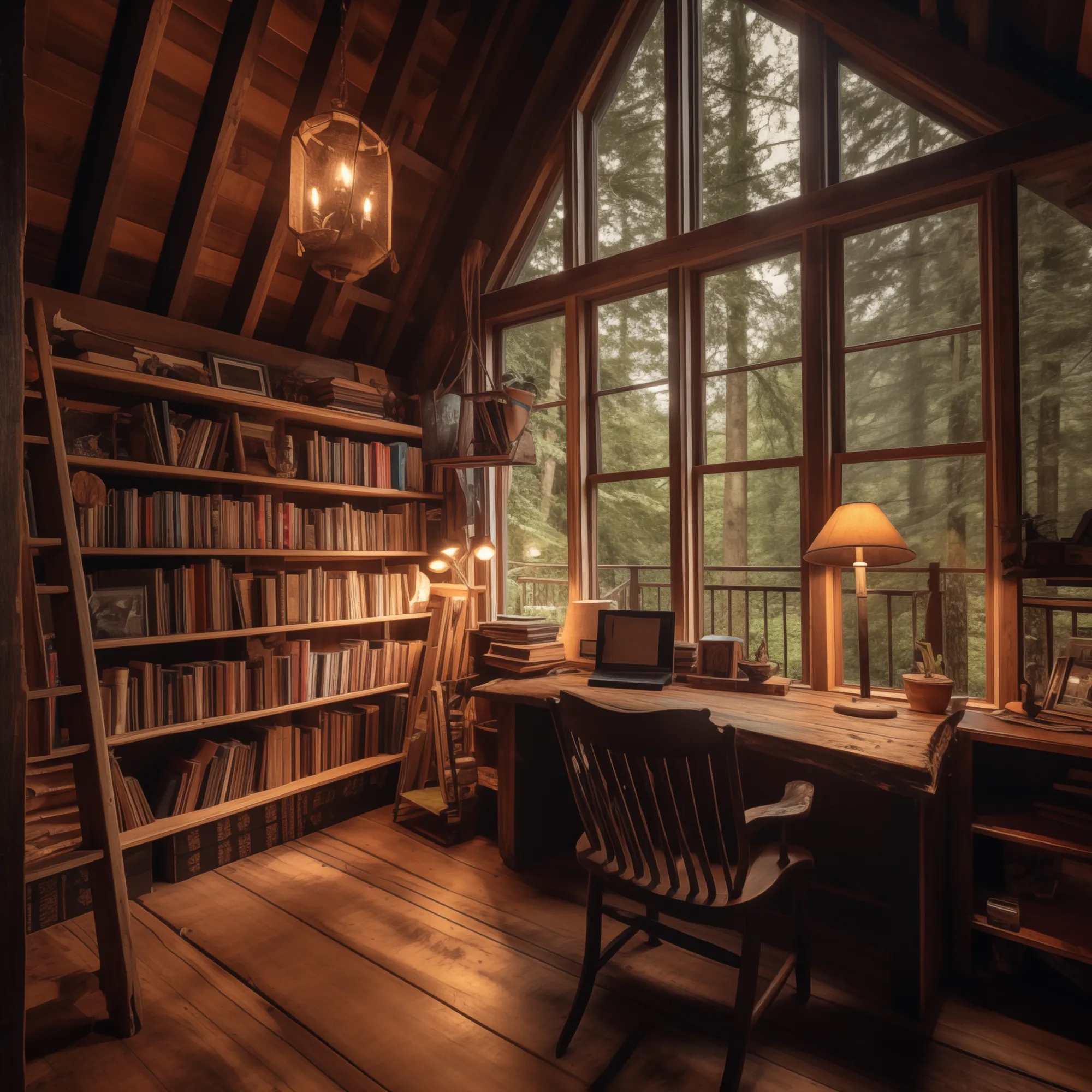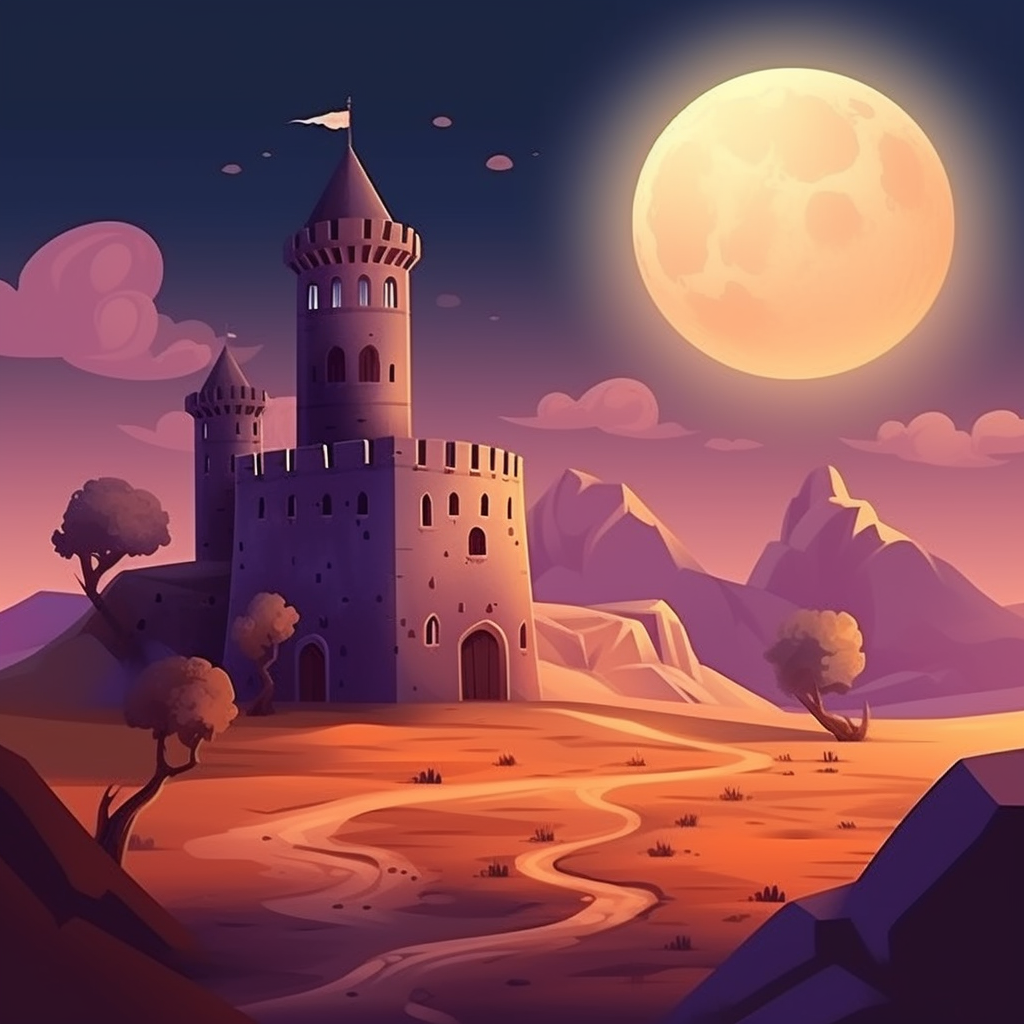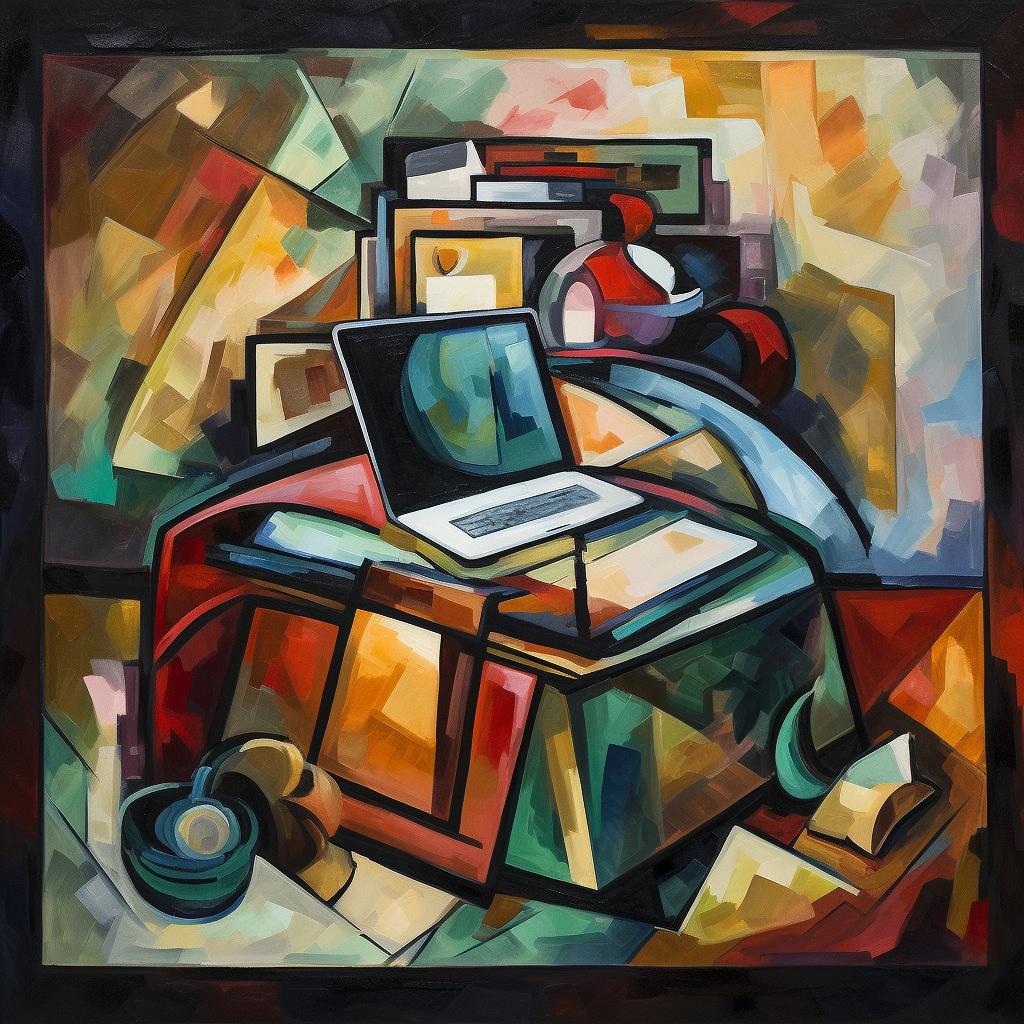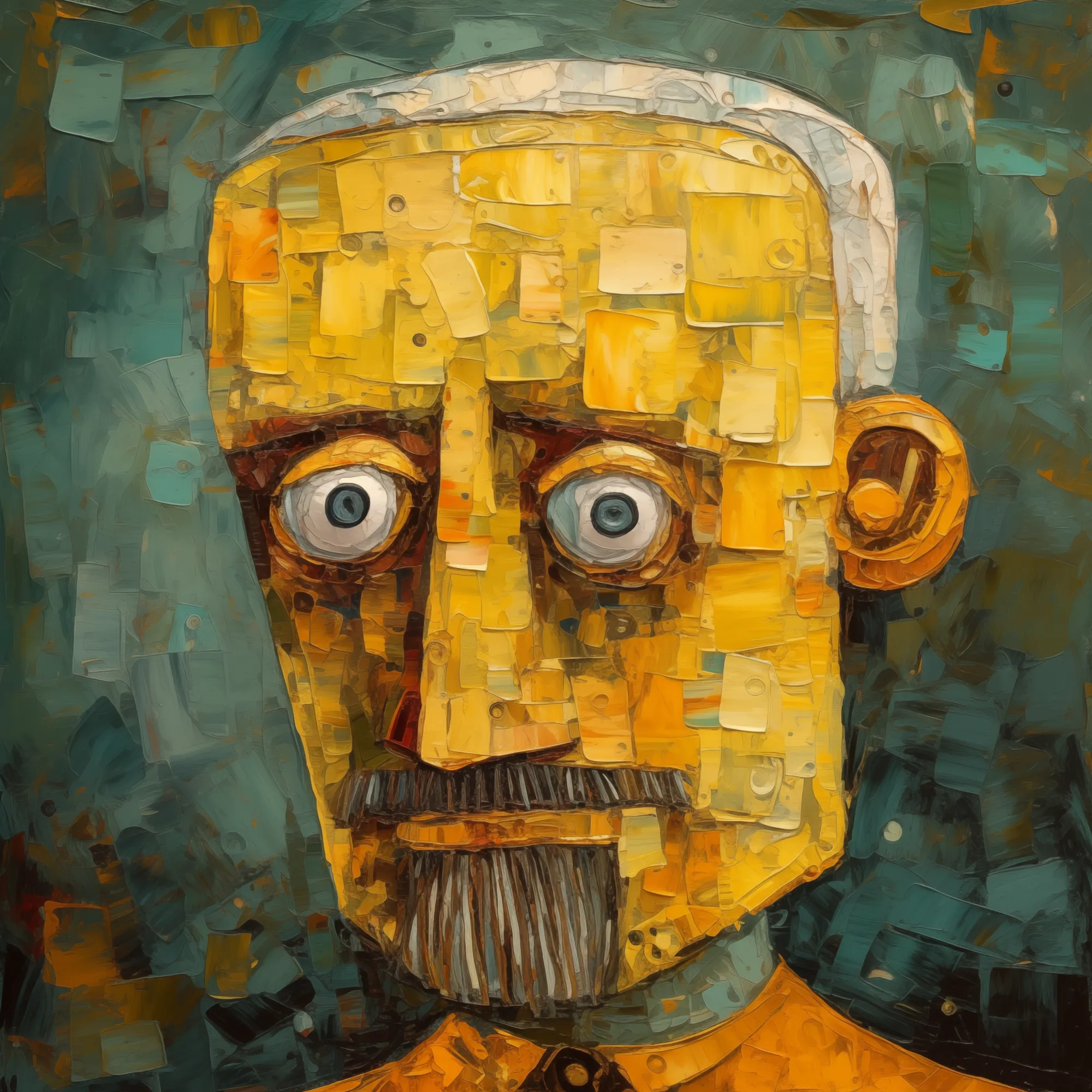Dear L,
Once our English teacher asked us to write a letter home about a train journey. In India, overnight train journeys aren’t uncommon. I spent most of my overnight journeys in second-class sleepers, which meant open breezy windows, noisy coaches & sheetless beds or berths as they are commonly referred to. I think the berths were usually made out of Rexene with a rayon backing, and stuffed with polyurethane foam. They weren’t particularly comfortable to sleep on. Hence, for most of my overnight train journeys, I spent awake. And I used to look out the open window, enjoying the breeze. Sometimes you could see little lights strewn across the landscape, illuminating little bits of space around it. When I would stay up, I used to make up stories about those illuminated areas; some houses, some trucks, some factories or power plants and some plain lamp posts. So when our teacher asked us to write home about a train journey across the country, I naturally wrote about my favourite part, details of a sleepy countryside seen from a running train by someone awake inside a snoring coach. When the time came for him to give us some feedback on our writing, he said all of our pieces were bad, and he found one particularly bad. He said, “Someone wrote about the darkness of night”. He had laughed, “…as if you can see anything in the dark!”.
His assessment of my writing did make me rather unhappy but in retrospect, I think he wasn’t particularly wrong about calling my writing “garbage”. Our teacher was likely beyond any form of nocturnal romanticisation, but also my writing probably read like what ChatGPT would write up these days if asked. Shallow and devoid of substance; if I remember well it was mostly a bland description of the landscape in truck headlights.
When I tried asking ChatGPT to write nice things it does exactly that. Songs, raps, rhymes, explanations; and for the most part it does what I want it to do, write messages on birthday cards. But it’s not a substitute for a writer, with mild connotations borne of the author’s style or emotions. There’s no quirk in ChatGPT's writing.
I had the good luck to work on a type of computer program called a parser professionally. It also happens to be one of my favourite types of programs to write and think about. The parser program usually converts textual structures into abstract constructs for use in further computation. And designing some of these programs requires a form of self-referentialism, and recursion. So when ChatGPT was being talked up as a programming assistant, I asked ChatGPT to write me a parser and it told me to write the most interesting parts by myself. It skipped over the most magical part of parsing! It told me to...
// Implement object parsing logic here
// This is a simplified example and does not handle all cases
// You should handle key-value pairs and recursion
A few days earlier, I allowed myself to go down a rabbit hole that is generative image generation software Midjourney. It’s not only fascinating to explore what my word prompts end up producing, but also what thousands of other people are trying to imagine. Midjourney primarily operates on a IRC-esque group chat software called Discord. If you ever hop on the Midjourney Discord server, there’s almost always an endless stream of people writing images, describing with utmost detail. For a moment it does appear magical, a tool that distilled human pictorialism into human language; an entire civilisation worth of imagination ready to be explored with words; from cosy houses to cute desert castles, from cubist laptops to portraits of a robot, it’s all there.




The irony here is that without any acumen in art and it’s nuances, there is a gap between my imagination and what’s being generated. I have no idea how to determine whether this brute-force imitation machine is liberating my inability to paint, or quenching something akin to wishful curiosity. Take the portrait, I asked for a robot’s portrait in the style of Vincent van Gogh. I have no idea whether he would envision an average representation of a robot this way. Or, the cubist laptop? I doubt in Picasso’s vision, a laptop would literally be a laptop in cubist brush strokes. They appear reasonable, enough to advertise them a cubist laptop or, portrait of a robot by Van Gogh, but that’s about it!
For most of us, these generative AI models prey on our curiosity about our own imagination and its limits. The artist probably also resolves the same curiosity, but through their own process; the artistic process. The difference here is that generative AI software robs us of said process. The process which ostensibly creates “new” art. But it’s not necessarily all bad; if curated magazines of AI-generated images indicate anything, that is such made-up imagery is capable of being thought-provoking or inspiring. The catch here is human curation. Without the human element, generated art is ostensibly like what we could see scrolling through artsy social media, content that only reminds me that I have seen something similar somewhere else. I have no doubt in the hands of professionals, such a tool is revolutionary, but I am worried pictorial art might become as stale as Instagram-borne imagery; scrollable and boring, custom-made for high-speed propagation of shallow artistry.
When I wrote about a train journey, years ago in school I misunderstood the assignment. The given medium wasn’t fit for my visual recollection of what can be seen from the train. Knowingly or unknowingly, our teacher prompted us with an exercise meant to encourage us to find substance in a mundane train journey. I want to give the assignment another try if you don’t mind.
I was sitting up as the train sped through the night. Travelling in a second-class sleeper coach, there’s a certain anti-vanity counter-luxury in roughing it out in a bed bug-infested train coach. And travelling at night in loud train coaches, modestly lit by a tiny lightbulb covered with a blue plastic cover was the start of exactly my kind of adventures; the Himalayan ones.
The general lack of maintenance also meant in case of rain, the glass pane on the window next to my berth wasn’t coming down. The rain completely drenched my berth so I woke and sat up on my berth. What was coming through the window earlier was a nice comfortable breeze, but it ended up being a shower, to put it mildly. The train kept going, and the rain wasn’t relenting so I started improvising. I sat at the opposite edge of my berth away from the window. My hiking backpack was tall enough so I could stand it up on the floor and keep my head on it. I tried to sleep.
I did fall asleep at some point; when I woke up, there was no rain, but the train wasn’t moving either; a nice breeze was coming through the window. I looked at my co-passengers in mild lighting, all sleeping, at least looked like they were. Mind you, there’s no curtain of any sort in “second-class sleeper” coaches. I looked out the window, and I saw a massive vertical axle. It was spinning quite rapidly for an axle of its size. It was housed inside of something that looked like a rather tall factory building with a lot of windows. For a moment I thought it was a massive drill. “But why would anyone drill here?” is the last thing I remember thinking.
Looking back, it was probably some sort of industrial mixer in a cement factory.
At some point, the train started moving and the bed had dried up enough. If memory serves me right; I did sleep on the berth for the rest of the night. The next morning, when I woke up, my co-passengers were already munching on some poori-sabzi. When I sat up, they asked me how I slept. After I told them about the rain from the night before, it was clear most of them were oblivious of it. I also explained how the window pane didn’t come down and everything on my side of the windows had thinly flooded. Hearing that, one of my co-passengers, a middle-aged gentleman got up and pulled out a tiny paper wedge from the corner of my jammed window and the glass pane came right down. “I had put it in yesterday to keep the window pane up”, he smiled awkwardly, “Otherwise the pane wasn’t staying up and it was getting stuffy inside”.
Best,
A